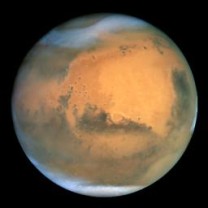Space Quiz
Space is a mysterious
place but there are plenty of things we are sure about when it comes
to that vast space that surrounds us here on earth. Challenge what
you think you know with our fun space quiz. Perfect for kids, this
quiz will get you thinking about the fascinating topics of space and
astronomy. Test your knowledge of planets, stars, moons, astronauts,
our solar system, galaxy and more space related trivia. Try answering
the twelve questions on your own and then scroll down to the bottom
of the page for the all important answers.
- What is the closest planet to the Sun?
- What is the name of the 2nd biggest planet in our solar system?
- What is the hottest planet in our solar system?
- What planet is famous for its big red spot on it?
- What planet is famous for the beautiful rings that surround it?
- Can humans breathe normally in space as they can on Earth?
- Is the sun a star or a planet?
- What planet is known as the red planet?
- What is the name of the force holding us to the Earth?
- Have human beings ever set foot on Mars?
- Does the sun orbit the Earth?
- Is the planet Neptune bigger than Earth?
Space Quiz Answers
- Mercury
- Saturn
- Venus
- Jupiter
- Saturn
- No
- A star
- Mars
- Gravity
- No
- No
- Yes

